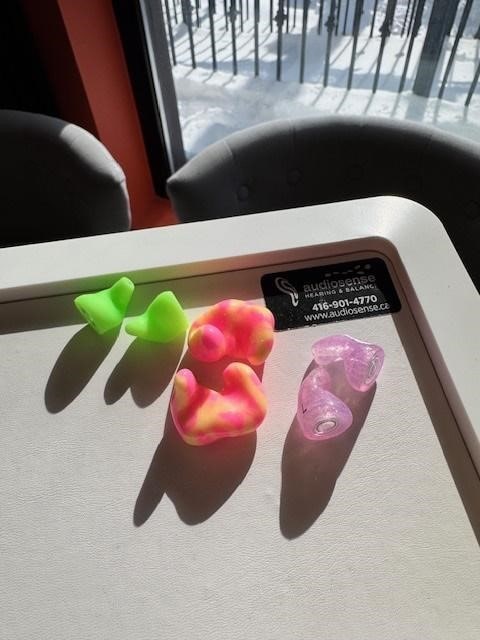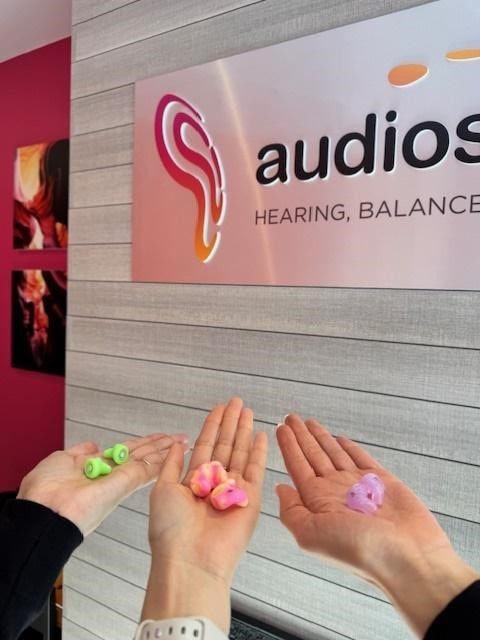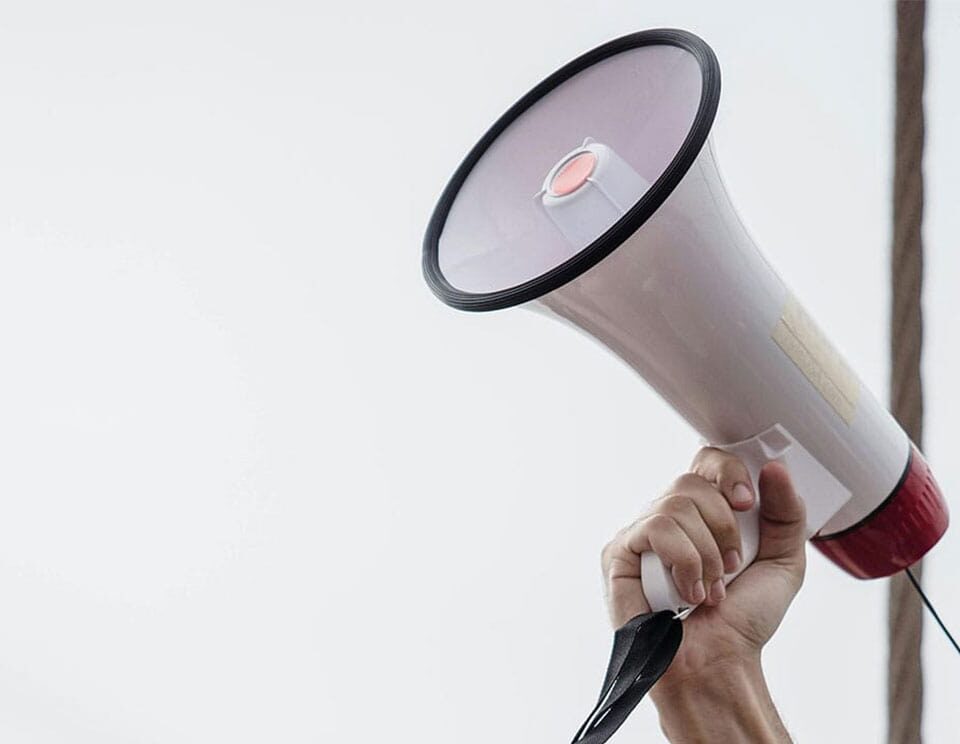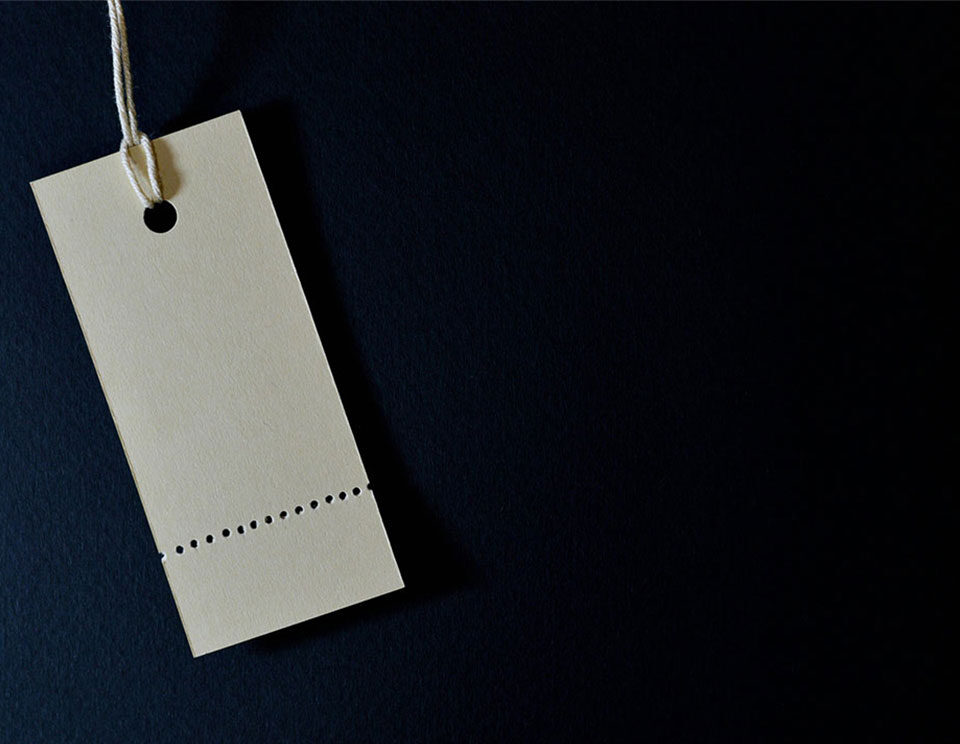Did you know that over 1 billion young people between 12-35 years of age are at risk of permanent hearing loss from unsafe listening habits? Yes, that’s one billion, with a ‘B.’ The good news is that noise related hearing loss is completely preventable. So, you’re probably wondering, what can you do to practice safe listening habits?
Here are 5 simple suggestions:
1. Know safe listening levels.
Educating yourself on the difference between safe and dangerous noise levels is the first step to practicing safe listening. The general rule of thumb for safe noise exposure is 85dBA for 8 hours. With every 3dBA sound level increase, the safe exposure time limit is reduced by half. For example, safe exposure at 88dBA is 4 hours, 91dBA is 2 hours and so forth.
20dB – Leaves Rustling
40dB – Quiet Room
60dB – Normal conversation
80dB – Heavy traffic, noisy restaurant
100dB – Ambulance sirens, power tools
120dB – Jackhammer, rock concerts
140dB – Jet plane taking off
160dB – Shotgun blast
2. Monitor sound levels in your environment.
We live in a noisy world, especially in an urban city like Toronto, we are constantly bombarded by all sorts of noise pollution – from traffic, to construction, to sirens, to festivals and crowds. You can monitor the sound level in your environment with free apps on your mobile device like ‘NIOSH SLM’. That way, when the noise levels creep into the dangerously loud zone, you can take action.
3. Keep the volume down.
The first controllable factor, and hopefully an obvious one, is volume. In today’s age of technology, use of personal listening devices (such as Airpods or headphones) is commonplace. Here’s a friendly reminder to keep those excessive volumes at bay. This extends to everything you do, from watching your favourite show on Netflix, to blasting music in the car while driving down the Gardiner Expressway on a beautiful summer day. Remember that loud volumes can cause permanent, irreversible hearing damage without you even realizing.
4. Limit time spent engaging in noisy activities.
If you are not able to control the volume, you can remove yourself from the noisy setting to give your ears a break or reduce how long you are exposed to the noise. Time of exposure is your second controllable factor.
5. Use hearing protection.
If you are a musician, enjoy noisy recreation activities, or work in a noisy setting, you should be protecting your ears with earplugs. There are many different options to choose from. Generic foam earplugs are widely accessible and can be purchased at a local drug store or online. There are investment worthy custom-made earplugs that are also available. At AudioSense, we offer various types of custom hearing protection for all your needs:
- Musician plugs with 9/15/25dB filters
- Solid earplugs
- Sleep plugs
- Swim plugs
Here are photos of our staff with their new musician plugs and swim plugs. We absolutely love them!!



References
Dillard LK, Arunda MO, Lopez-Perez L, Martinez RX, Jiménez L, Chadha S. Prevalence and global estimates of unsafe listening practices in adolescents and young adults: a systematic review and meta-analysis. BMJ Glob Health. 2022 Nov;7(11):e010501. doi: 10.1136/bmjgh-2022-010501. PMID: 36379592; PMCID: PMC9723884.
Government of Canada, Canadian Centre for Occupational Health and Safety. (2024, May 10). Noise – Occupational exposure limits in Canada.
https://www.ccohs.ca/oshanswers/phys_agents/noise/exposure_can.html
About the Author

Christina Kim
Christina, Au.D., is a licensed Doctor of Audiology with nearly a decade of experience in hearing healthcare. She is registered with CASLPO and a member of SAC. Christina holds an Au.D. from the University of Florida, an M.Sc. in Audiology from Dalhousie University, and a B.Sc. in Psychology with a Neuroscience concentration. Her career spans clinical practice with ENT specialists and a leadership role at a global hearing aid manufacturer, where she was recognized as Canada’s Territory Sales Manager of the Year. Passionate about advocacy and education, Christina is dedicated to promoting healthy hearing. She currently serves patients at AudioSense in Toronto and as an outpatient audiologist at Sunnybrook Health Sciences Centre.






